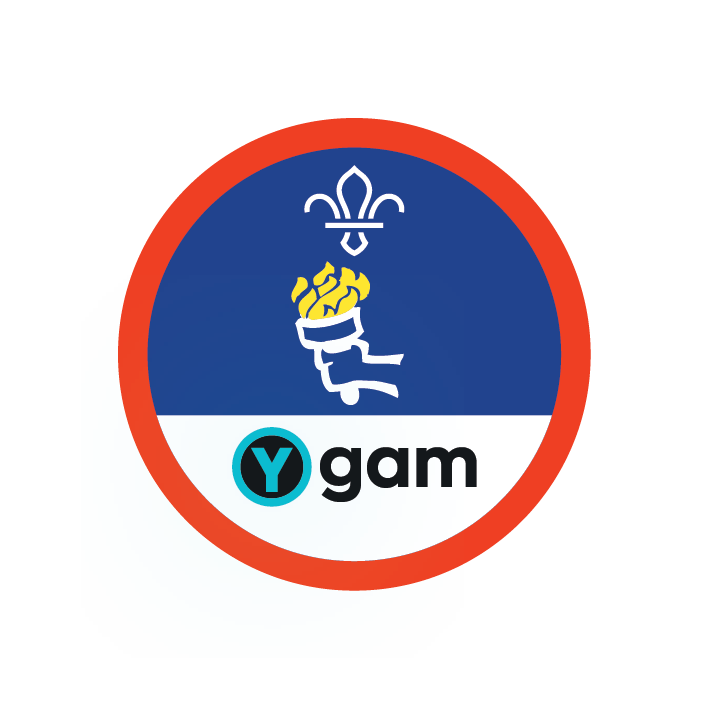
Healthy balance clock
You’ll need
- Pencils
- Eraser
- Sharpner
- Colouring pencils or pens
- Felt tips
- Print out of 'Healthy balance clock sheet'
Before you begin
- Use the safety checklist to help you plan and risk assess your activity. There's also more guidance to help you carry out your risk assessment, including examples.
- Make sure all young people and adults involved in the activity know how to take part safely.
- Make sure to have enough printed copies of the ‘Healthy balance clock’ worksheet for everyone.
Running this activity
- Gather everyone together and ask everyone to think about how they’ve spent their time this last week. You could see if anyone is happy and comfortable to share what they’ve been doing.
- Ask everyone in what ways can do they spend their time to make them happy.
- Now, ask everyone in what ways can do they spend their time to make them healthy. These may be the same or different to the ways that make them happy.
- Tell everyone they’re going to record how they spent their time this last week to find out what they do to make them happy, what they do to make them healthy and what they may need to change to make them even happier and healthier. Remind everyone that everything’s okay in moderation, but when we do something too much, such as spending time on YouTube, it can sometimes be unhealthy.
- Give out the ‘Healthy balance clock’ sheets to everyone. You may want Young Leaders or adult volunteers to join in.
- Explain that the sheet has seven circles, which are clocks. There’s one for every day of the week. The clocks are split into 24 segments, so each segment represents one hour of the day.
- When filling out the sheets, people should include the time they spend eating main meals, sleeping, playing video games, on their phone, doing homework, working or going to school, taking part in hobbies or sports, and so on. They should also include any other activities that they do.
- Using the colours, ask everyone to fill out how they spent their time this last week, as honestly and as accurately as they can. People should colour in each segment, according to what type of activity it represents, to show how long they spent doing ach activity. They can then choose different colours to represent different activities, such as blue for sleep, green for school, red for social media and so on.
- Remind everyone that they can keep this to themselves and not show anyone if they wish.
- Once everyone has completed their clocks, they should compare their weekday clocks to the weekend. Is there anything that is different between the days, such as no school at weekends, and if so, what do they replace the time with?
- Ask everyone to rate their clocks out of ten for how much the way they spend their time makes them happy, then for how much the way they spend their time makes them healthy.
- Now, ask everyone if they can think of or name one thing they’d like to change. What would they do next week to spend their time differently? Is there anything that they might like try to aim for, such as being outside more or eating breakfast? They may wish to write it down.
- See if anyone can think of how they may achieve their goals. Give everyone a second worksheet, or people could make notes on their first sheet, and ask people to try to imagine what their next week might look like with their changes.
- With the changes, ask everyone to rate their clocks out of ten for how much the way they spend their time makes them happy, then for how much the way they spend their time makes them healthy. Was there any difference?
- Ask everyone why it’s important to make sure we’re spending our time in healthy ways.
Reflection
This activity was all about thinking about and improving our wellbeing by helping us to reflect on and think about how we spend our time. It may have helped us to think about what changes we could make to improve our wellbeing. Why’s it important to make sure we monitor how we spend our time?
What were some healthy ways you spent your time each week? And what ways did you spend your time to have fun? Was there any overlap between the two?
Remember, it’s okay to do a little bit of everything in moderation, but when we do something too much, such as spending time on YouTube, it can sometimes be unhealthy. Is there anything you noticed that you were doing too much off that it might be becoming unhealthy? How could you change it? You could set a timer for playing video games, deleting certain apps or change your screentime settings on your devices.
Why’s it important for us to try to reduce anything that we may be doing too much? What could you replace it with?
Social media and spending time online is often a common thing we do too much, even adults. What could you do this next week to spend more time offline? And what could you replace that time with?
Safety
All activities must be safely managed. You must complete a thorough risk assessment and take appropriate steps to reduce risk. Use the safety checklist to help you plan and risk assess your activity. Always get approval for the activity, and have suitable supervision and an InTouch process.
To make this activity easier, you could have a group discussion about your day or weeks. You may also have a list of suggestions for people to use.
Make it accessible
All Scout activities should be inclusive and accessible.
